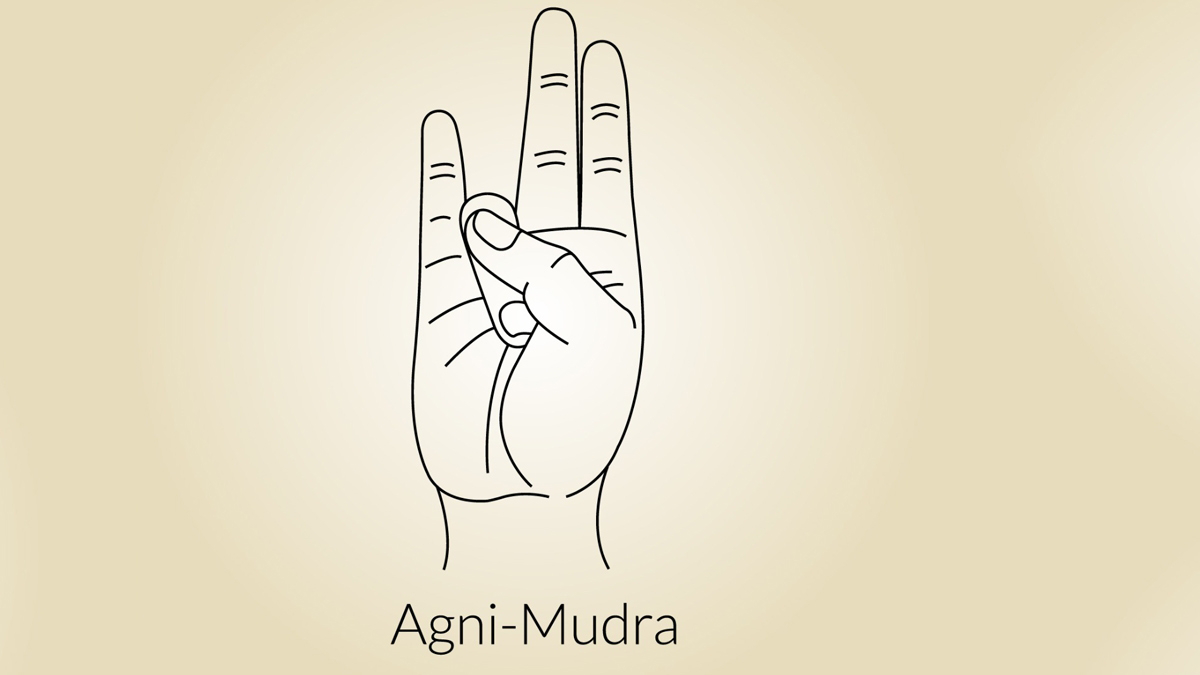Understanding Pitta Dosha: Balancing Through Asanas
- Get link
- X
- Other Apps
In Ayurveda, the ancient Indian system of medicine, the concept of doshas plays a central role in understanding the unique constitution of an individual. Pitta dosha, characterized by fire and water elements, governs metabolism, digestion, and energy production in the body. When in balance, it promotes healthy digestion, sharp intellect, and a vibrant personality. However, an excess of Pitta can lead to various health issues, including inflammation, acidity, and irritability. To maintain optimal well-being, incorporating specific asanas into your daily routine can help balance the Pitta dosha effectively.
Understanding Pitta Dosha in the Individual Body:
Pitta dosha embodies the elements of fire and water, giving it qualities of heat, sharpness, and intensity. Individuals with a predominant Pitta constitution are often characterized by a medium build, strong metabolism, and a determined nature. When this dosha is in balance, it supports digestion, intelligence, and a warm, friendly disposition. However, an excess of Pitta can manifest as skin rashes, heartburn, anger, and hyperacidity, disrupting the harmony of the body.
Symptoms of an Imbalanced Pitta Dosha:
1. Excessive body heat and sweating
2. Skin inflammations, rashes, or acne
3. Digestive issues like acidity, heartburn, and ulcers
4. Irritability, anger, and impatience
5. Excessive perfectionism and workaholism
6. Inflammatory conditions such as arthritis and gout
Balancing Pitta Dosha Through Asanas:
1. Surya Namaskar (Sun Salutation): This sequence of asanas helps in balancing the solar energy in the body, regulating metabolism, and calming the mind. Performing Surya Namaskar at a moderate pace can help dissipate excess heat from the body.
2. Shitali Pranayama (Cooling Breath): This breathing technique involves inhaling through the curled tongue and exhaling through the nose, promoting a cooling effect in the body. It helps alleviate excess heat and stress, fostering a sense of relaxation and calmness.
3. Sarvangasana (Shoulder Stand): This inverted pose stimulates the thyroid gland, which plays a crucial role in regulating metabolism. It helps cool down the body and calms the mind, promoting a balance in the Pitta dosha.
4. Shavasana (Corpse Pose): Allowing the body to completely relax in Shavasana helps release any accumulated tension and heat. It encourages a state of deep rest and rejuvenation, promoting overall balance and harmony in the body.
5. Ardha Matsyendrasana (Half Lord of the Fishes Pose):This seated twist massages the abdominal organs, aiding in digestion and alleviating any digestive discomfort associated with an imbalanced Pitta dosha.
6. Chandra Namaskar (Moon Salutation): Unlike the dynamic Surya Namaskar, Chandra Namaskar involves fluid, calming movements that help cool down the body and mind. It promotes emotional balance and tranquility, counteracting the intensity of Pitta.
Understanding the unique attributes of Pitta dosha and recognizing the signs of its imbalance is crucial in maintaining overall well-being. Incorporating a regular practice of Pitta-pacifying asanas into your daily routine can effectively regulate the excess heat and intensity associated with this dosha. By fostering a sense of coolness, balance, and tranquility, these asanas can promote a harmonious state of being, enhancing both physical and emotional health. Embrace these ancient yogic practices to harmonize your Pitta dosha and unlock a path to holistic wellness and vitality.
- Get link
- X
- Other Apps



Comments
Post a Comment